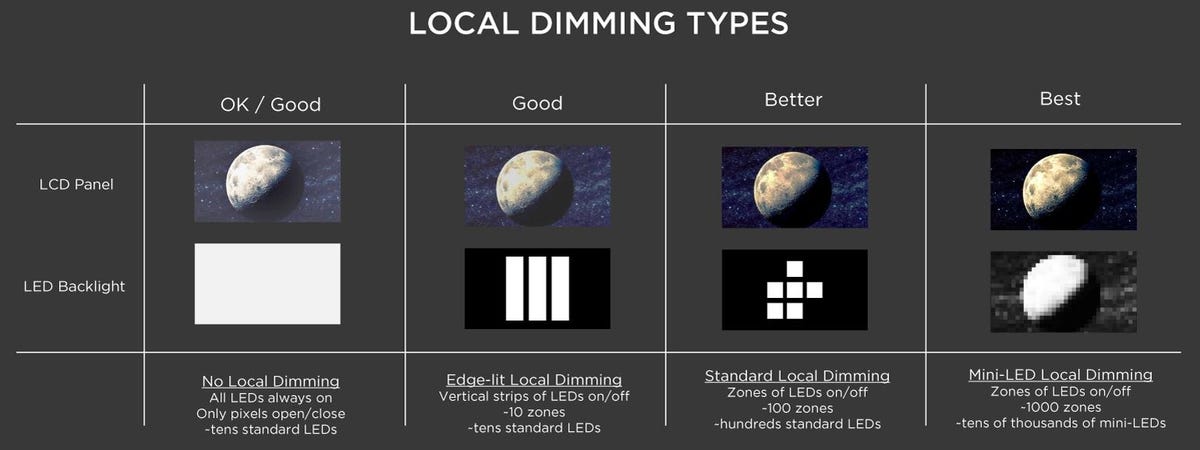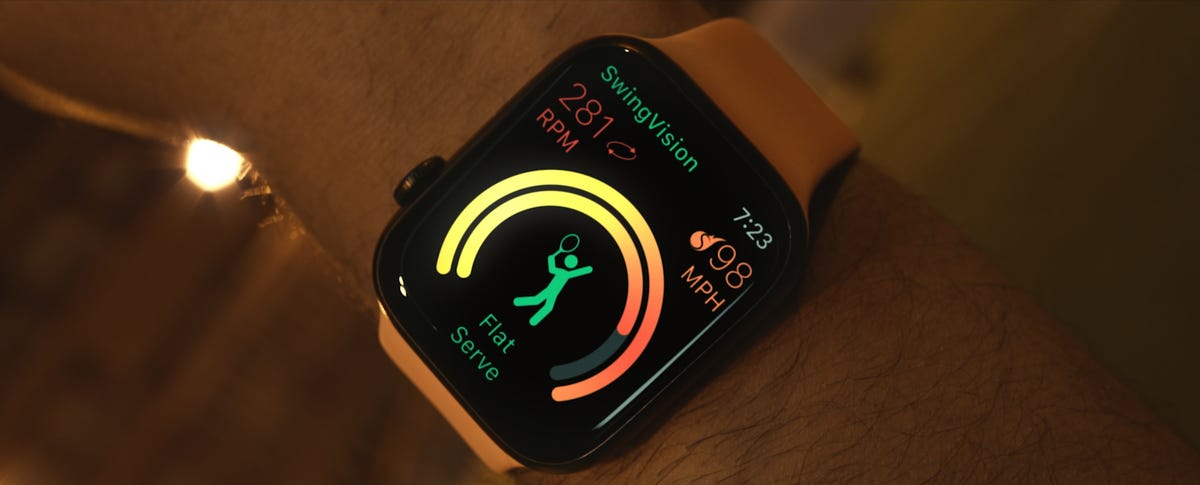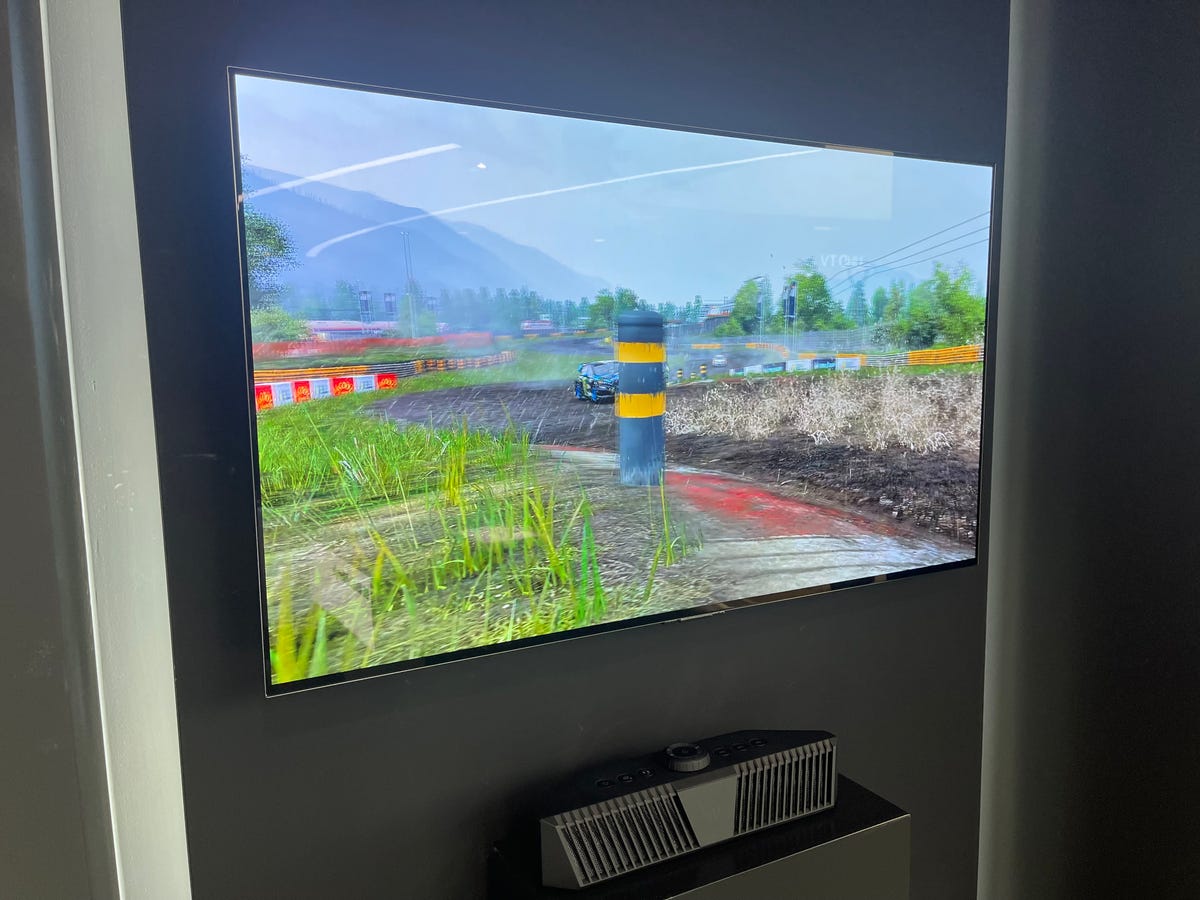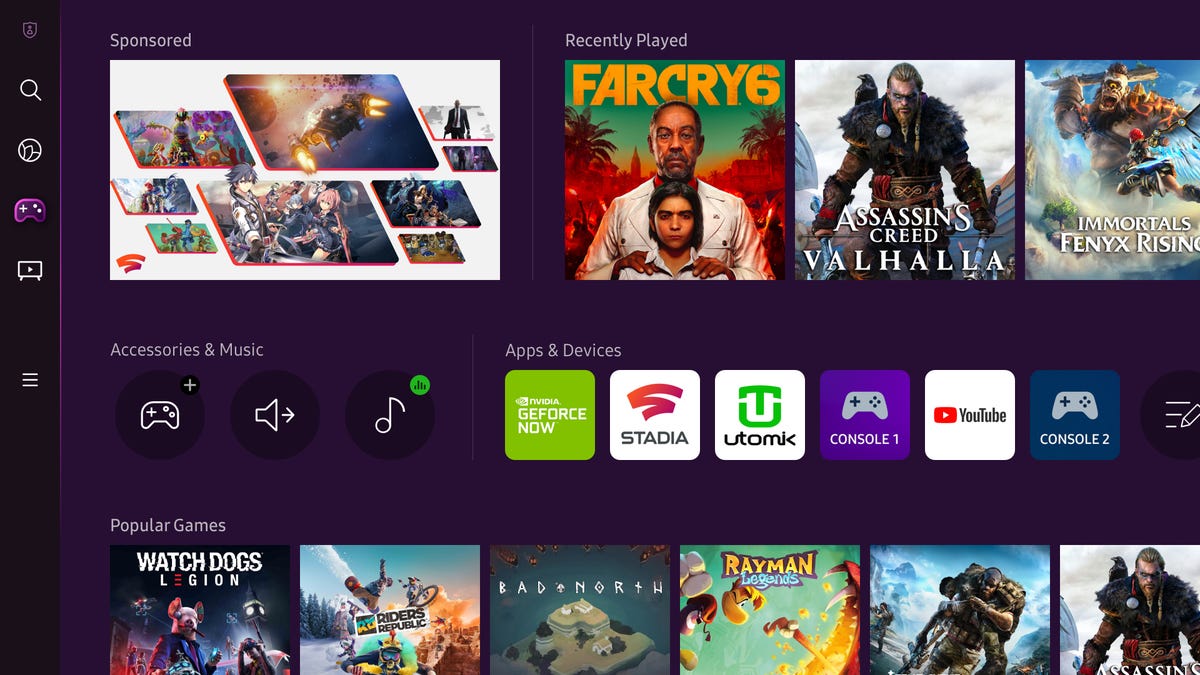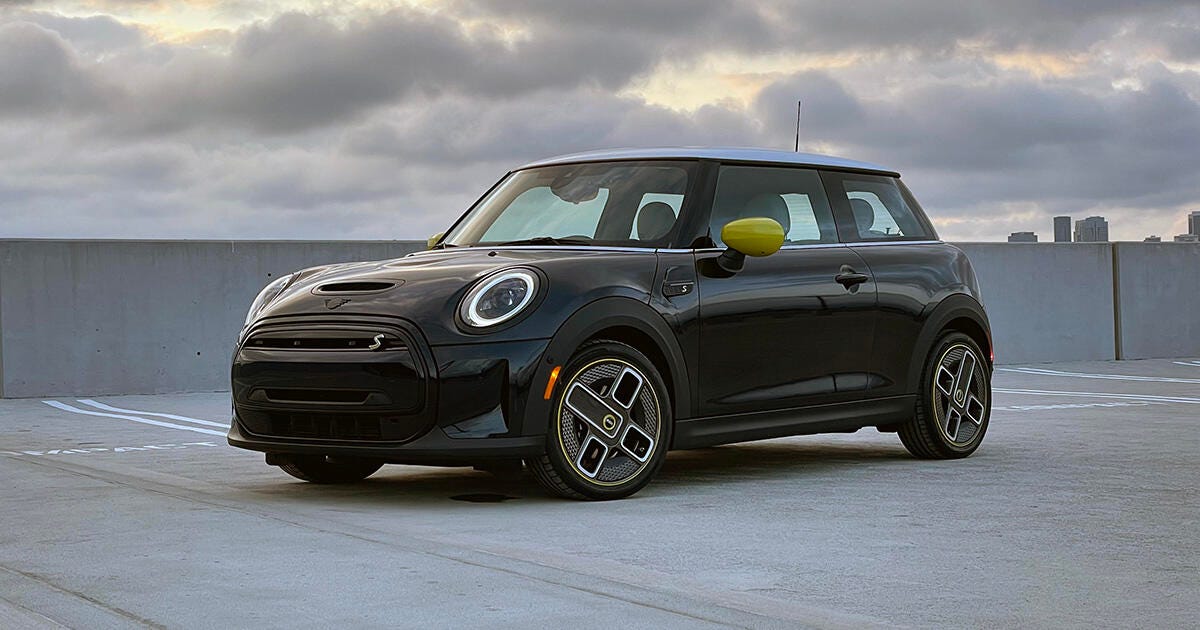
2022 Mini Cooper SE Long-Term Wrap-Up: A Great SoCal City Car
People love to hate the electric Mini Cooper SE for its short driving range. But focus on that 114-mile EPA estimate and you'll miss this car's strongest selling points. No one is buying a Mini -- gas or electric -- for long-distance cruising. Put the Cooper SE into service as a daily driver in a congested city and its goodness will quickly win you over.
That's what we found after a year with our long-term 2022 Cooper SE. The whole point of CNET Cars' yearlong test was to use the Mini in day-to-day city life. For that reason, we kept the Mini in Southern California, where we have the most staff and the most plentiful public charging network. Twelve months after our initial delivery, we're still smitten with our little Mini EV. Sure, we encountered some problems along the way, but the Cooper SE's short range wasn't the burden it might seem.
How we spec'd it
The entire Mini Cooper Hardtop lineup got an update for 2022, with some styling tweaks and equipment changes that make the car more attractive overall. The electric Cooper SE only comes as a two-door Hardtop -- though Mini did recently show off a SE Convertible prototype -- and a 2022 model like ours cost $30,750 including an $850 destination fee, though that excludes any potential tax credits.
Mini sends all Cooper SEs out the door with goodies including heated seats, LED headlights and a 8.8-inch touchscreen infotainment system. We added the $7,000 Iconic pack to our tester, which got us a panoramic sunroof, leather seats, a premium audio system, adaptive cruise control, parking sensors and some extra piano black exterior trim. We had ours painted in Mini's Enigmatic Black hue, which is actually more of a super-dark blue, and we matched it with yellow mirror caps, a white roof, and the SE-exclusive 17-inch Power Spoke wheels (read: the correct wheels). All told, our Mini came to us with a $37,750 final sticker price.
For the 2023 model year, the Cooper SE has a higher starting price of $35,075 including destination, but the car has more standard equipment (though weirdly, the formerly standard heated steering wheel now costs extra). Adding the Iconic trim is now only a $2,475 upcharge, and a 2023 Mini Cooper SE optioned exactly like our long-termer is only $50 more expensive: $37,800 including destination and excluding any tax credits.
The best wheels.
Steven Ewing/CNETFun and functional
The Cooper SE is powered by a 32.6 kilowatt-hour battery pack with a single electric motor mounted to the front axle. Total output is only 181 horsepower and 199 pound-feet of torque, which doesn't sound like a ton, but the instant electric thrust makes the Mini super quick off the line. No, Mini's 0- to 60-mph estimate of 6.9 seconds isn't anything to write home about, but it's that initial 0- to 30-mph blast that really feels like a thrill. And we never found the Mini lacked power while passing slower-moving cars on the highway. It's as zippy as you'd expect, and way more fun to drive than similar EVs.
"Every trip in the Cooper SE is a joy thanks to the instant torque, great steering and low center of gravity," noted senior social media editor Daniel Golson. "It's easily the most fun car that Mini makes, and an actual performance variant would be awesome." Golson also wished for some kind of "artificial spaceship-y noise under acceleration," like you can get in other EVs, but not everyone on our staff agrees.
"As a city car, the Mini SE excels," wrote former news and features editor Kyle Hyatt. "Its small size and nimble handling make it a breeze to whip around in Los Angeles traffic, and it's easy to park in tight city spaces." Hyatt did note that the Mini's ride is a little on the stiff side, "but it's not overly bouncy or jarring," he said.
As a cargo-hauler, no Mini is ideal, but the Cooper SE's boxy shape and low load-in height made it surprisingly functional -- mostly. "It's great that the rear seats are able to fold pretty much flat," Golson wrote, "but if the front seats are even a little too far back then it's not possible to fold the rears because space is so tight." Still, there's a maximum of 34 cubic feet of space in the back of the Mini -- enough for a set of small tires, a few big boxes or luggage for two adults.
Our car showed no wear and tear after a year of use.
Steven Ewing/CNETComfy interior, but the design's getting old
After a year of use, our Mini's interior showed no signs of wear and tear. We always appreciated features like the kickin' Harman Kardon stereo, comfy seats and sunroof shade that can close while the glass is still open. Really, our main complaint about the Cooper SE's cabin is that Mini's too-cute design is starting to get old.
"Charming as the Mini's interior is, I'm ready for the next-gen model to bring a cleaner setup," Golson wrote. "The toggle switches and other analog controls are strangely laid out, and the infotainment setup feels old and laggy." On top of that, pretty much everyone on staff complained about how the small digital gauge cluster would wash out in any kind of sunlight.
It's not the range, it's the charging
For daily commuting duties, 114 miles of range isn't as bad as you think. Most EV owners have some kind of home charging solution, and the Mini's small battery is easy to top off overnight. The downsides of the Mini's setup make themselves known when you have to rely on the public charging infrastructure, something that Los Angeles does better than pretty much any other US city, but still leaves a lot to be desired.
Guess how many of these chargers actually worked.
Steven Ewing/CNETBecause the Mini's battery capacity is relatively small, at 32.6 kWh, charging it shouldn't take that long -- or so you'd think. Unfortunately, the Mini can only accept a max charge speed of 50 kW, so reaching 80% capacity can take as long as 45 minutes. That kind of time suck is fine in larger EVs with faster charging speeds, because you're gaining hundreds of miles of range per session. If the Cooper SE could handle faster speeds, going from 10% to 80% could theoretically take 10 to 15 minutes, which would be a huge advantage.
The other issue is that we rarely saw anything close to that advertised 50-kW speed. We plugged the Mini into 50-kW, 150-kW and 350-kW chargers, but usually only saw a max intake speed of about 35 kW, reducing charging times even further. Of course, America's public charging network is notoriously problematic, so the chargers themselves could be to blame in a lot of these instances, but not being able to reliably get even 50 kW was frustrating to say the least.
As for mileage, at the end of the year we observed an average range of 117 miles per charge, a 3-mile improvement over the EPA estimate. Driving the Mini in its Green mode helped eke out a few miles at a time without killing the fun-to-drive vibe, and we rarely if ever found Sport mode to be necessary -- the standard (what Mini calls "Mid") mode offered plenty of punch, but frequent use of the Green setting really helped us with overall range.
Yes, you could argue that a bigger battery with longer range would alleviate the need to charge as frequently, making longer stops easier to swallow. But none of us complained about the frequency with which we had to charge. The question was how long the charging took once we were there. We don't mind popping into a charger for 10 minutes to top off, especially if something like a Mini could hit 80% in that amount of time. But having to sit at chargers for 30 or 40 minutes is an eternity, no matter the size of the battery.
We'll miss you.
Steven Ewing/CNETFinal verdict
The Mini Cooper SE isn't perfect, but as a daily driver in LA, it's hard to fault. It never failed to make us smile, whether that be through its quirky design, small size or the fact that it's a blast to drive. Former reviews editor Emme Hall said it best: "For short trips in town, there isn't a car I'd rather have."
Like many carmakers, Mini will soon go EV-only, and our year with the Cooper SE makes us excited for that future. Fun little cars like the Mini really lend themselves to electrification, and new vehicle platforms with better battery packaging will give the carmaker more opportunities to maximize interior space. Our big hope is that the next generation of battery tech allows for higher capacity and quicker charging times. Small cars like a Mini will always be short on range, but faster charging speeds will make that a non-issue.
Source
Tags:
- 2022 Mini Cooper Se Long Term Wrap Up A Great Socalcarculture
- 2022 Mini Cooper Se Long Term Wrap Up A Great Bird
- 2022 Mini Cooper Se Long Term Wrap Up Artinya
- 2022 Mini Cooper Se Long Term Wrap Up And Smear
- 2022 Mini Cooper Se Long Term Wrap Up A Meeting
- 2022 Mini Cooper Se Long Term Wrap Foil
- 2022 Mini Cooper Se Long Tax
- 2022 Mini Cooper Countryman
- 2022 Mini Cooper Clubman
- 2022 Mini Series
- 2022 Mini Cooper Clubman
- 2022 Mini Calendar Printable




